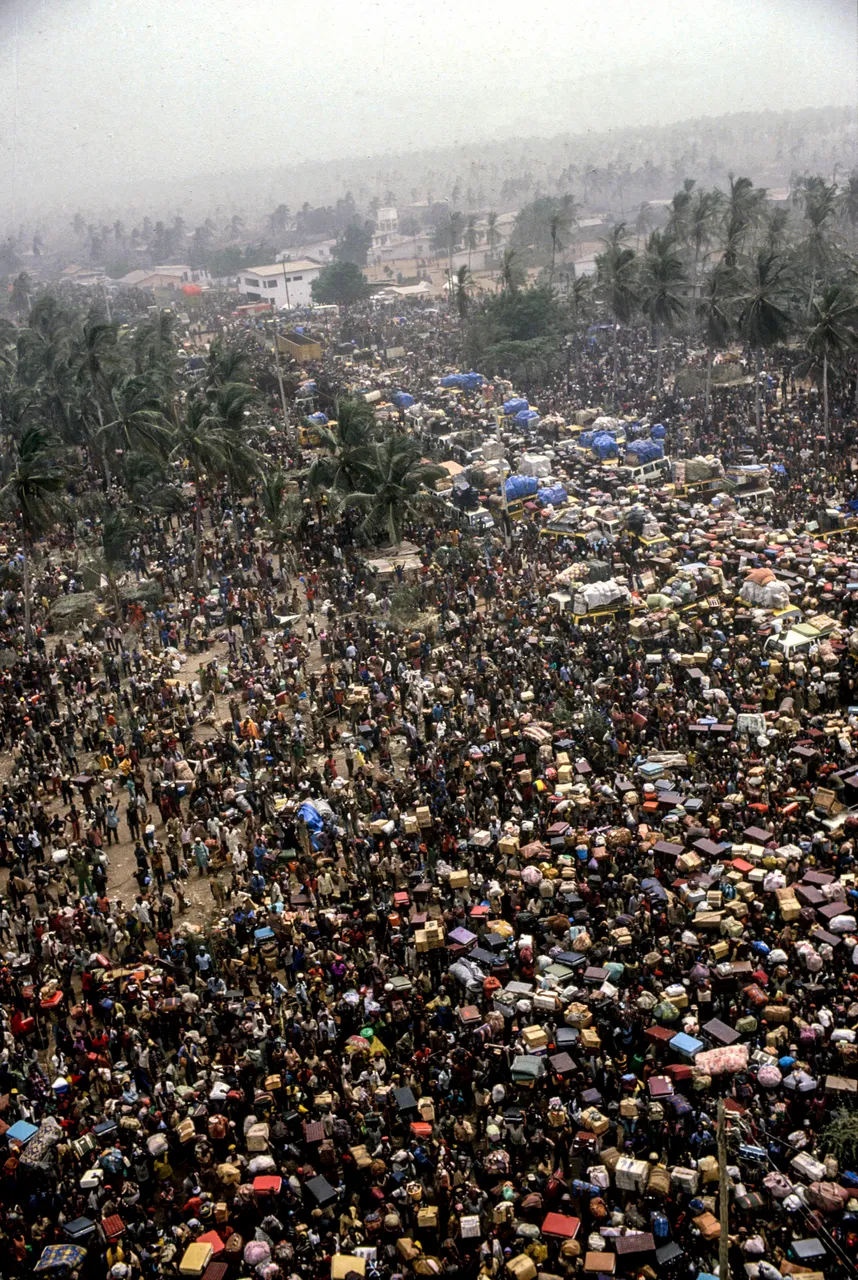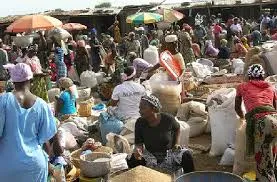Ghana Must Go was a popular name given to the migration of illegal migrants (mostly Ghanaians) from Nigeria following a presidential executive order in 1983.
In January 1983, the President of Nigeria, Shehu Shagari issued an executive order mandating immigrants without proper immigration documents to leave the country or they would be arrested according to the law. The order was in alleged response to the religious disturbances that had engulfed parts of the country in 1980 (the Kano Riots) and 1981.Most of the immigrants were West Africans and mainly Ghanaians. Over 2 million men, women and children were affected, including over 1 million Ghanaians and other West Africans. Most had been attracted to Nigeria because of the 1970s oil boom, but by 1983 the economy had weakened and it was an election year. Expulsions of immigrants have occurred several times in West Africa, for various reasons, including deportations from Ghana of Nigerians in 1954, from Côte d'Ivoire of Togolese, Dahomeyans and Nigerians in 1958, and of aliens (mostly Nigerians) from Ghana in 1969.
The primary route to Ghana was westwards, passing through Benin and Togo. Because of an attempted coup the previous year, the President of Ghana, Jerry Rawlings, had closed the main land crossing with Togo, and to avoid a sudden influx of returnees, Togo then also shut its borders with Benin. Therefore, once the migrants reached Benin, the way out was restricted and they were forced to remain in the port of Cotonou, the country's seat of government, attempting to find a boat to Ghana. After they had been stranded for more than a week, Ghana reopened its borders, causing Togo to do likewise so that the Ghanaians could return home.



